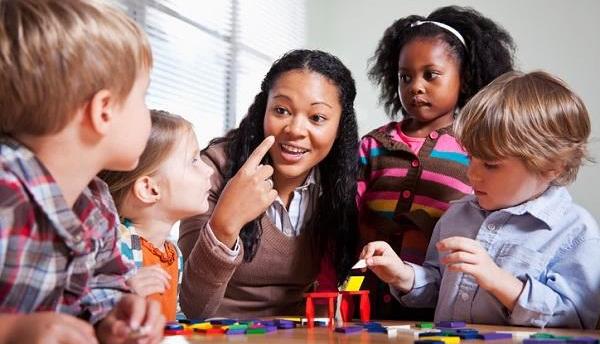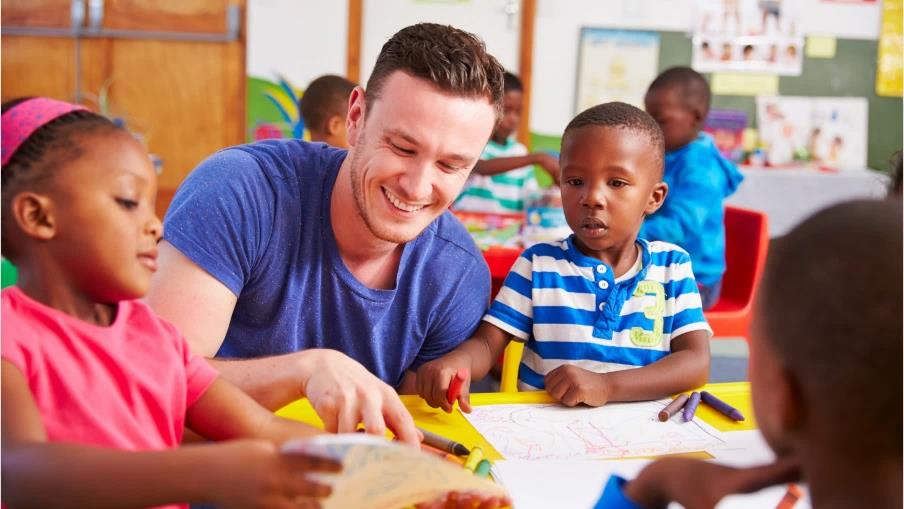Mt. SAC Child Development Center
Mt. SAC Child Development Center - a “Living Laboratory”
 |
 |
 |
The Mt. SAC Child Development Center (CDC) plays an integral role in training students with child observation, practicum and
field work experiences. The CDC functions as a dynamic, quality early childhood environment
serving the needs of local children and families while also operating as a campus
based laboratory for students. We strive to be a model of exemplary practice as we
prepare future practitioners with a broad knowledge of child development theory, observation
and assessment, and hands-on application (interactive activities with children), while
implementing national and state standards for quality infant, toddler, and preschool
programs.
The CDC is a living laboratory of child development where the on-going life of the classroom includes student observers, and practicum and fieldwork students interacting directly with children and CDC staff members. Student teachers develop the knowledge, skills and dispositions essential for success in the ECE field.
We value observation and documentation as an essential method for gaining a broad understanding of children’s development. Effective teaching of young children begins with thoughtful, objective observation and documentation of each child’s unique qualities, strengths, characteristics, and interests. Students witness how a quality program for infants, toddlers, and preschooler operates, as well as observe children to gather information for the Child Development course assignments. Students gain skills in conducting systematic observations, interpreting those observations, and reflecting on their significance. Because spontaneous play is a significant indicator of children’s development, student observers have many opportunities to observe children in playful situations as well as more formal learning contexts.

